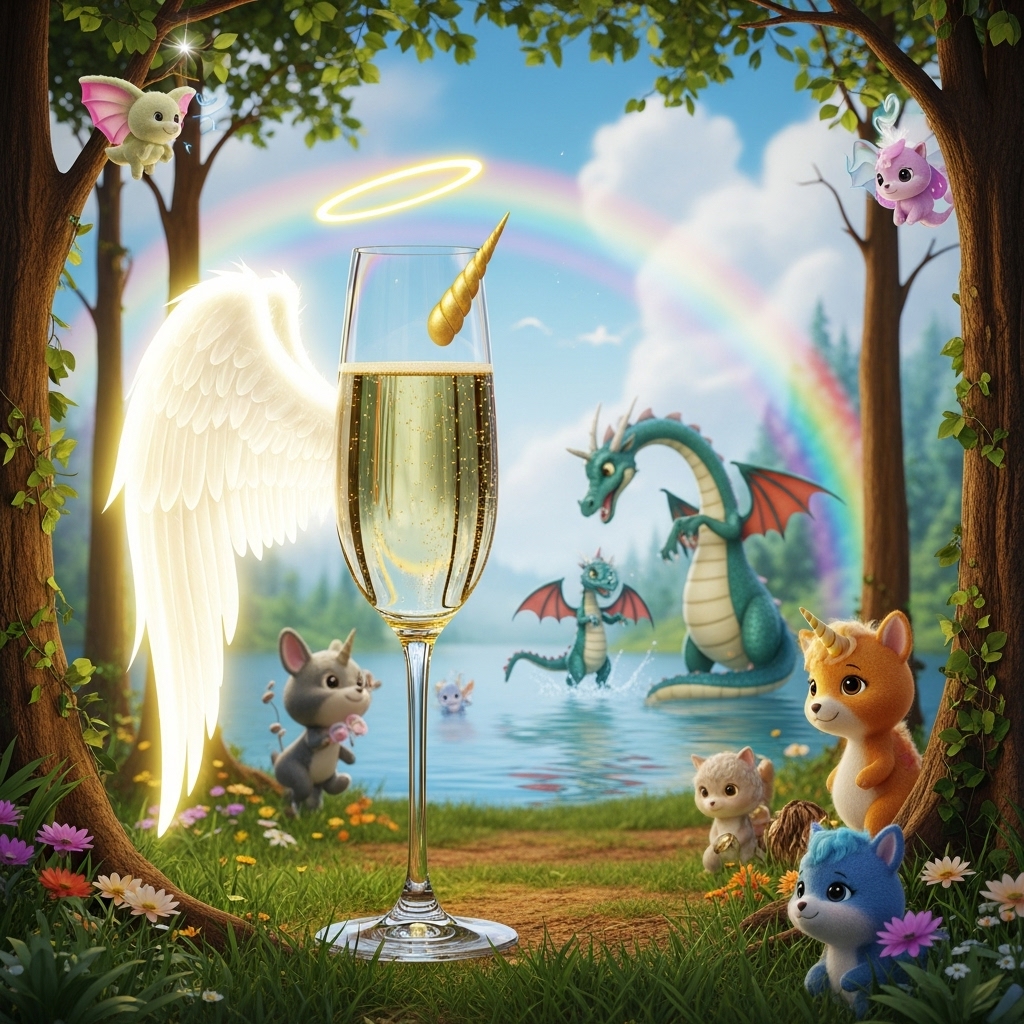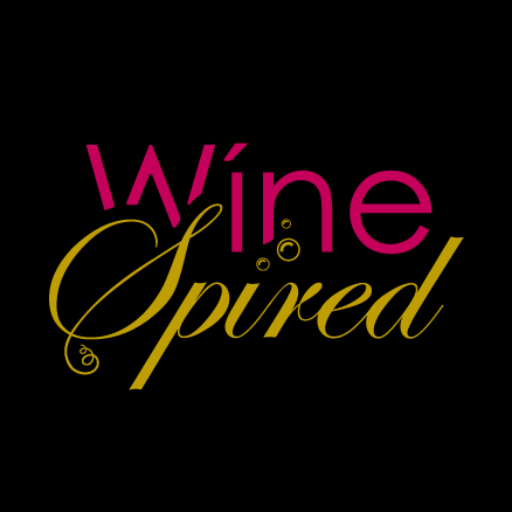Your cart is currently empty!
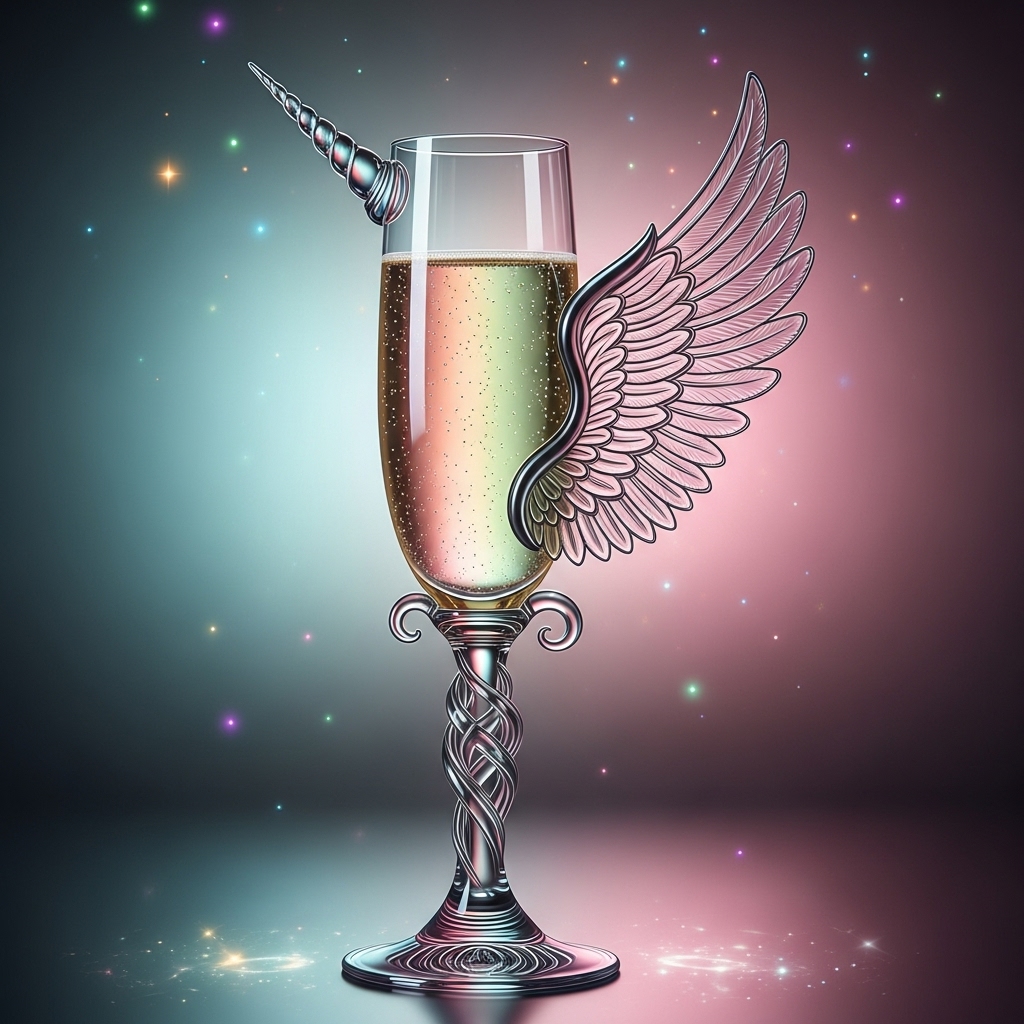
The Great Sparkling Wine Myth Bust!
—
That delightful pop, the cascade of effervescent pearls, the clinking of glasses – for many, sparkling wine is synonymous with grand celebrations. But what if we told you that some of your most cherished beliefs about this captivating beverage might be limiting your enjoyment? It’s time to pop open the truth and debunk the common myths that often surround sparkling wine, revealing a world of versatility, quality, and everyday pleasure.
Myth 1: Sparkling Wine is Only for Celebrations
The Myth: You save that bottle of bubbly for weddings, New Year’s Eve, or major milestones.

The Reality: This is perhaps the biggest disservice we do to sparkling wine! Its vibrant acidity, palate-cleansing effervescence, and diverse flavor profiles make it one of the most versatile wines for everyday enjoyment and food pairing. Forget the special occasion; sparkling wine can elevate a casual Tuesday night dinner, brighten a weekend brunch, or simply make a quiet evening feel a little more luxurious. Its ability to cut through rich foods, cleanse the palate, and complement a wide range of cuisines (from fried chicken to sushi) means it truly belongs at the dinner table more often than not. Don’t wait for a reason to celebrate – make sparkling wine the reason!
Myth 2: All Sparkling Wines are Sweet (or All are Bone Dry)
The Myth: You either love sweet sparkling wine or you only drink “dry” Champagne.

The Reality: The world of sparkling wine sweetness is a nuanced spectrum, not a binary choice. The level of sweetness is determined by the “dosage” (a small amount of sugar and wine added before final corking). While “Brut” (dry, 0-12 g/L residual sugar) is the most common, there’s a bubbly for every palate:
- Brut Nature / Brut Zero: Bone dry with virtually no sugar.
- Extra Brut: Very dry, with minimal sugar.
- Extra Dry / Extra Sec: Slightly sweeter than Brut, often with notes of ripe fruit.
- Sec / Demi-Sec / Semi-Seco: Noticeably sweeter, perfect for desserts or those who prefer a softer touch.
- Doux / Dulce: The sweetest styles, designed as true dessert wines.
From the crispness of a Brut Nature Cava to the lusciousness of a Demi-Sec Champagne or a naturally sweet Moscato d’Asti, there’s a sparkling wine to match every preference and dish.
Myth 3: All Good Sparkling Wines are Expensive (It Has to Be Champagne)
The Myth: If it’s not Champagne, it’s not “good” sparkling wine.
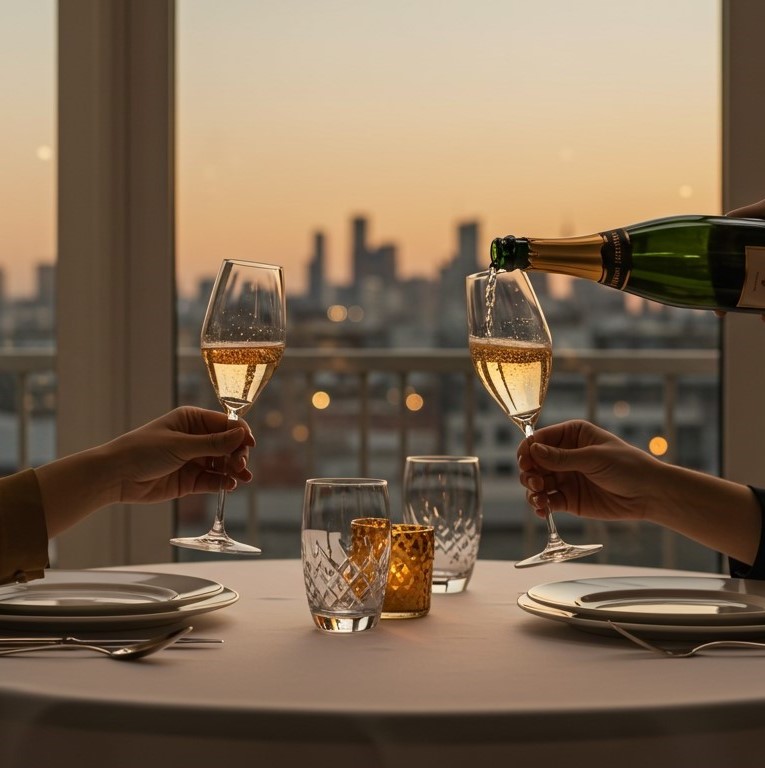
The Reality: While Champagne is undoubtedly iconic and often commands a premium price due to its specific region, strict regulations, and historical prestige, it is not the only high-quality sparkling wine. “Champagne” refers specifically to sparkling wine made in the Champagne region of France. Excellent, world-class sparkling wines are produced globally, often offering incredible value:
- Cava (Spain): Made using the same Traditional Method as Champagne, Cava offers complexity, fine bubbles, and a unique flavor profile from indigenous Spanish grapes, often at a fraction of the cost.
- Crémant (France, outside Champagne): These French sparkling wines also use the Traditional Method, but hail from other regions like Alsace, Burgundy, or the Loire Valley, offering diverse styles and superb quality.
- English Sparkling Wine: Rapidly gaining international acclaim, English sparkling wines, particularly from chalky soils similar to Champagne, are producing exceptional Traditional Method wines.
- Moscato d’Asti (Italy): A delightful, sweet, and low-alcohol frizzante (lightly sparkling) wine, offering pure aromatic pleasure.
Don’t let the price tag or region dictate your perception of quality. An adventurous palate will discover magnificent bubbles from every corner of the wine world.
Myth 4: All Sparkling Wines are Made the Same Way
The Myth: Bubbles just happen, or all sparkling wines follow the same production steps.
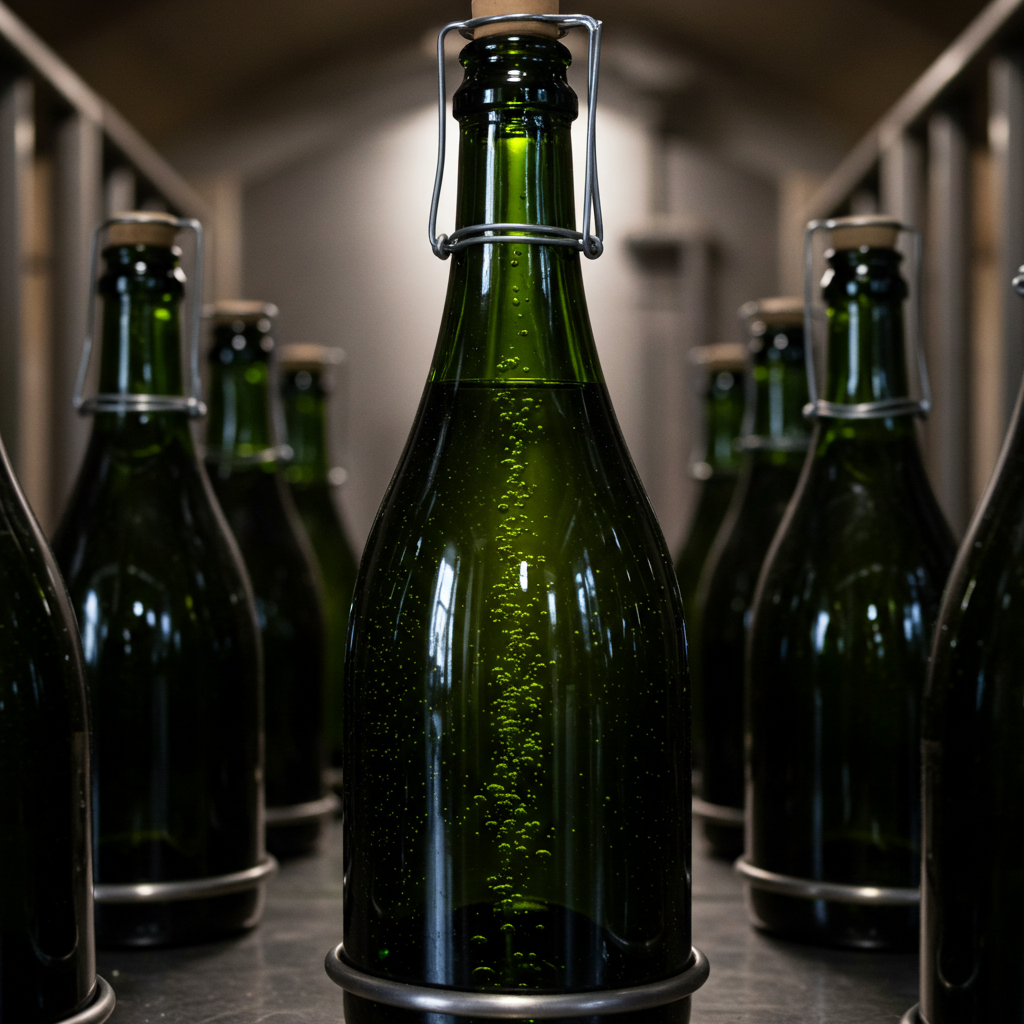
The Reality: The method of production profoundly impacts a sparkling wine’s style, texture, and flavor. The two most common methods are:
- Traditional Method (Méthode Traditionnelle): Used for Champagne, Cava, Crémant, and English Sparkling Wine. The second fermentation (which creates the bubbles) occurs inside the individual bottle. This method involves lees aging, which imparts complex notes of brioche, toast, and a creamy texture, along with fine, persistent bubbles.
- Ancestral Method (Méthode Ancestrale): An older, simpler method where the wine is bottled before its primary fermentation is complete, allowing it to finish in the bottle, trapping CO2. These wines (often called “Pét-Nat” for pétillant naturel) are typically cloudy, lightly sparkling, and fruit-forward.
Understanding the production method helps you anticipate the style and appreciate the craftsmanship behind each bottle.
Myth 5: Flutes are the Only Way to Drink It
The Myth: You must serve sparkling wine in a tall, narrow flute to preserve the bubbles.

The Reality: While flutes are elegant and do showcase the bubbles, they can actually limit the wine’s aromatic expression. For complex, aged sparkling wines, many sommeliers now prefer:
- Tulip-shaped glasses: These are wider than a flute but taper at the top, allowing aromas to gather while still preserving effervescence.
- Standard white wine glasses: For truly aromatic or aged sparkling wines, a regular white wine glass can allow the complex bouquet to open up fully, even if the bubbles dissipate a little faster. The choice of glassware depends on the wine’s complexity and your preference for aroma vs. bubble longevity.
Uncork Your Curiosity
Understanding these common myths can help you better appreciate and enjoy the diverse world of sparkling wine. By dispelling these misconceptions, you’re not only gaining a more accurate understanding of this fascinating beverage, but also opening yourself up to a wider range of experiences. So, next time you reach for a bottle, whether it’s a celebratory Champagne or an everyday Prosecco, remember that its true magic lies not just in its effervescence, but in its versatility, history, and the sheer joy it can bring to any moment. Don’t be afraid to explore different styles, experiment with food pairings, and discover your own favorite sparkling wine experiences beyond the conventional wisdom.
Cheers to a more informed and delightful journey into the world of bubbles!
